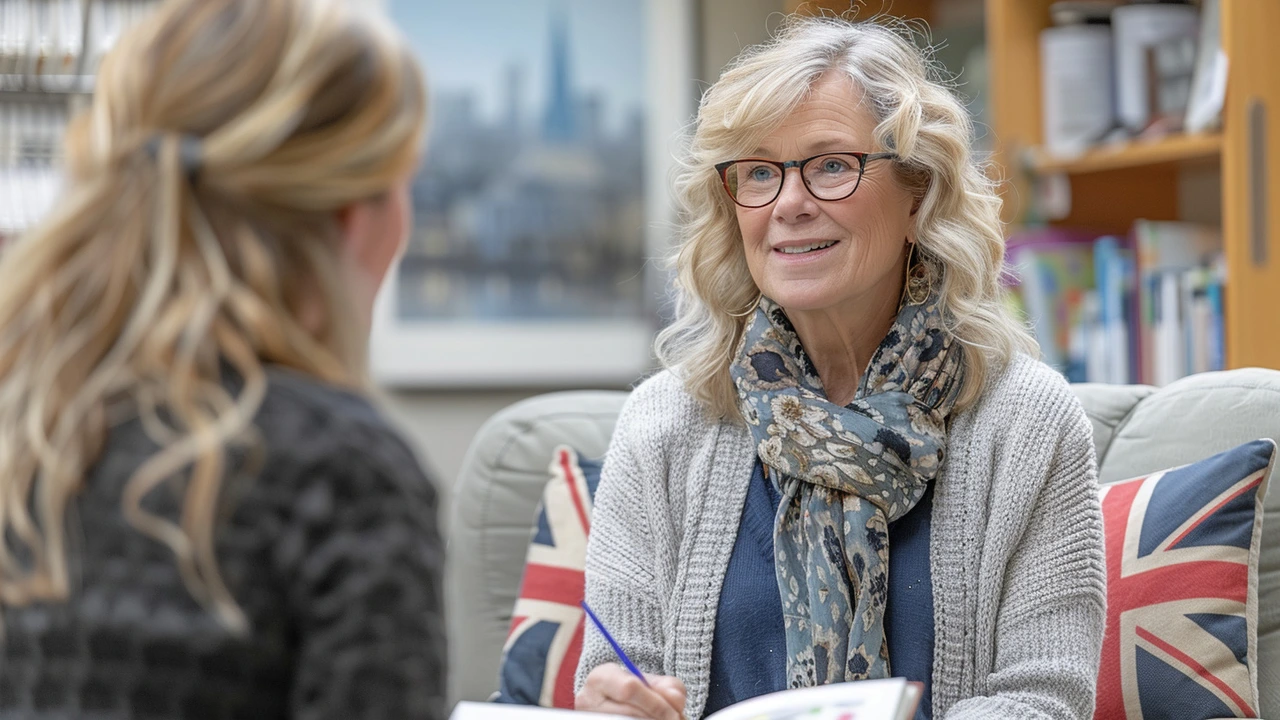Creative Arts Therapist: What They Do and How They Help
Ever wondered what a creative arts therapist actually does? They use art, music, drama, dance or writing to help people cope with stress, process emotions, and rebuild strengths. You don’t need art skills—these therapists focus on expression, not technique.
What a creative arts therapist does
A creative arts therapist starts by asking about your goals and concerns. Then they pick activities that match those goals: drawing or painting to explore emotions, music to calm or energize, role-play to practice new behaviors, and movement to release tension. Sessions are structured so you can try things safely and reflect on what comes up. Therapists track progress and tweak activities to keep them useful.
They work in clinics, schools, hospitals, private practices, and community centers. That means they help kids with learning or emotional challenges, adults recovering from trauma, people with chronic illness, and seniors dealing with memory loss. Many therapists partner with medical or mental health teams when clients need combined care.
Choosing and preparing for sessions
Look for licensed mental health training plus specific creative arts credentials. For example, art therapists often hold a master’s degree and a registration or board certification; music or drama therapists have similar specialized training. Ask about experience with your issue, whether they work trauma-informed, and how they measure progress.
First sessions usually include a quick intake: background questions, goals, and a short activity. You won’t be asked to produce perfect art or perform. Wear comfy clothes, bring any medical or therapy notes if helpful, and be ready to talk about what you want to change. If you have triggers (strong reactions to certain topics or sounds), tell the therapist early so they can adapt the work.
Most people meet weekly or every other week. Short-term work might take a few sessions to address a specific problem; longer-term programs support deeper change. Therapists often give simple at-home tasks—like journaling prompts or a brief movement practice—to keep progress steady between sessions.
Cost and coverage vary. Some insurance plans cover creative arts therapy under mental health or rehabilitation benefits; others don’t. Ask about fees, sliding scale options, and whether the therapist provides billing codes for insurance.
Questions to ask before you start: What training do you have? Which creative methods do you use? How do you handle privacy and safety? What will a typical session look like? How will we measure progress? A clear answer to these shows you how they work and whether it fits your needs.
If you want practical change—better emotional regulation, reduced anxiety, new coping skills, or a way to express things words can’t capture—a creative arts therapist can be a strong, hands-on option. Start small, ask questions, and pick someone who makes you feel safe and heard.

How to Choose the Best Creative Arts Therapist for Your Needs
Are you searching for a creative arts therapist to help you on your journey to better mental health? This article provides valuable tips and insights on how to find the right therapist tailored to your needs, ensuring a productive and supportive therapeutic experience.
Read More